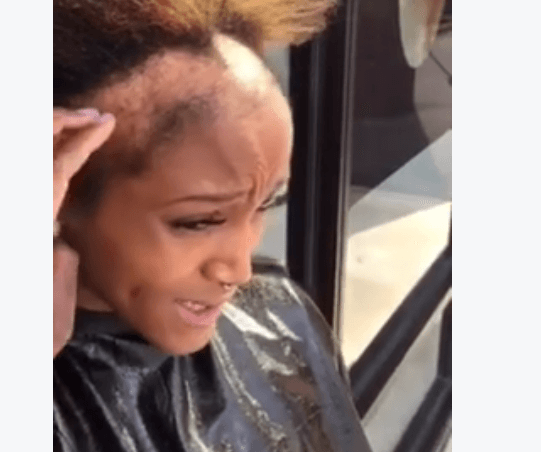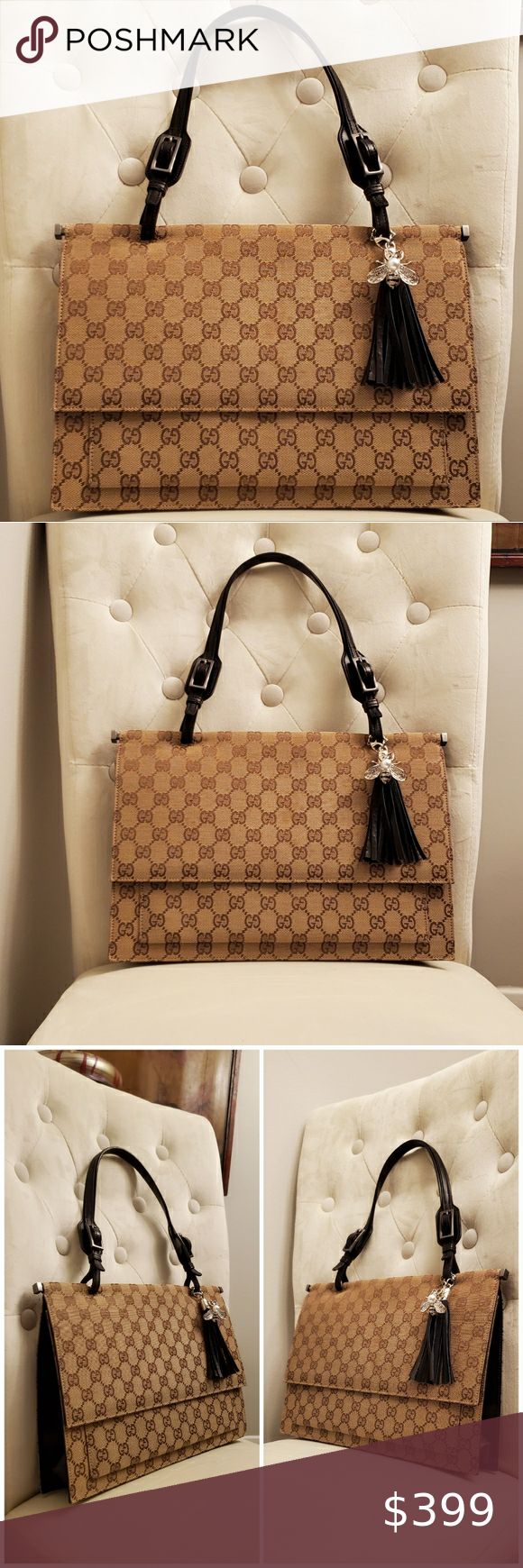How Synthetic Hair Braids Pose A Health Threat To Black Women

Table of Contents
Traction Alopecia and Hair Loss from Tight Braiding
Tight braiding, a common practice with synthetic hair extensions due to their weight and stiffness, can lead to traction alopecia, a form of hair loss.
Understanding Traction Alopecia
Traction alopecia occurs when continuous pulling or tension on hair follicles causes damage and eventual hair loss. Synthetic hair braids, often heavier and stiffer than natural hair, exacerbate this issue.
-
Symptoms of traction alopecia:
- Hair thinning, especially around the hairline
- Receding hairline
- Scalp pain or tenderness
- Itching
- Formation of bald patches
-
Long-term effects: If left untreated, traction alopecia can result in permanent hair loss. This can significantly impact a woman's self-esteem and body image.
-
Impact on self-esteem: Hair loss can be emotionally distressing, leading to feelings of insecurity and a diminished sense of self.
Minimizing Traction Alopecia Risk
Fortunately, there are steps you can take to minimize the risk of traction alopecia from synthetic hair braids:
- Choose a skilled braider: A professional braider understands proper braiding techniques to minimize tension on the scalp.
- Avoid excessively tight braids: Tight braids pull on the hair follicles, increasing the risk of damage.
- Take breaks from braids: Allow your scalp and hair follicles to rest between braiding sessions.
- Use protective styles: Explore alternative protective styles that minimize tension on the hair, such as loose braids or twists.
- Gentle hair care: Use gentle shampoos and conditioners to avoid further damaging your hair.
Scalp Infections and Irritation from Synthetic Materials
The synthetic materials used in many braids can create a warm, moist environment ideal for bacterial and fungal growth, leading to various scalp infections.
Types of Infections
Synthetic hair braids can contribute to several scalp infections, including:
- Folliculitis: Inflammation of the hair follicles, often presenting as painful bumps or pustules.
- Fungal infections: Fungal infections like ringworm can thrive in the humid environment created by braids.
- Bacterial infections: Bacteria can proliferate, leading to infections and inflammation.
Preventing Scalp Infections
Preventing scalp infections requires diligent scalp hygiene and mindful choices:
- Maintain scalp hygiene: Wash your scalp regularly with a gentle, anti-fungal shampoo.
- Use anti-fungal shampoos: These shampoos can help prevent and treat fungal infections.
- Choose breathable braid materials: Opt for synthetic hair that allows for better air circulation to the scalp.
- Regular cleaning of braids: Clean your braids regularly to remove dirt, oil, and dead skin cells.
- Seek professional help: If you notice signs of infection, consult a dermatologist or healthcare professional immediately.
Chemical Exposure and Allergic Reactions
Many synthetic hair extensions contain chemicals that can trigger allergic reactions or other health problems.
Harmful Chemicals in Synthetic Hair
Synthetic hair may contain various chemicals, including:
- Formaldehyde: A preservative used in some synthetic hair that can cause scalp irritation, respiratory problems, and allergic reactions.
- Dyes: Artificial dyes can cause allergic contact dermatitis, manifested as itching, redness, and swelling.
- Other potential irritants: Numerous other chemicals may be present in synthetic hair and contribute to scalp irritation and allergic reactions.
Recognizing and Managing Allergic Reactions
If you experience any of the following symptoms, you may be experiencing an allergic reaction to the synthetic hair:
- Itching: Intense itching on the scalp or around the braids.
- Rash: A red, bumpy rash developing on the scalp.
- Swelling: Swelling of the scalp or surrounding areas.
If you suspect an allergic reaction, discontinue use of the synthetic hair immediately and seek medical attention. A doctor can properly diagnose the reaction and recommend appropriate treatment.
Choosing Safer Alternatives to Synthetic Hair Braids
While synthetic hair braids offer stylistic versatility, prioritizing scalp health is crucial. Fortunately, safer alternatives exist.
Exploring Natural Hair Alternatives
Consider these healthier options:
- Natural hair extensions (human hair): Human hair extensions offer a natural look and feel, minimizing the risk of chemical exposure and irritation.
- Protective styles that minimize tension: Styles like loose braids, twists, or bantu knots reduce tension on the scalp.
- Braiding with your own hair: If possible, opt for styles that utilize only your natural hair, minimizing added weight and tension.
Conclusion
While synthetic hair braids are a popular and fashionable choice, understanding the potential synthetic hair braids health risks, including traction alopecia, scalp infections, and chemical exposure, is vital. By choosing skilled braiders, maintaining meticulous scalp hygiene, selecting less harmful materials, and regularly inspecting your scalp, you can significantly mitigate these risks. Prioritize your hair health and explore safer alternatives to ensure that your love for braids doesn't compromise your well-being. Remember to always research the potential health risks associated with synthetic hair braids and variations, and put your scalp health first.

Featured Posts
-
 Match Nul Pour L Algerie En Coupe De La Caf Analyse Du Match
May 27, 2025
Match Nul Pour L Algerie En Coupe De La Caf Analyse Du Match
May 27, 2025 -
 Trumps First 100 Days Parallels With Project 2025 And Future Predictions
May 27, 2025
Trumps First 100 Days Parallels With Project 2025 And Future Predictions
May 27, 2025 -
 Two Women Rescued By Dylan Efron In Miami
May 27, 2025
Two Women Rescued By Dylan Efron In Miami
May 27, 2025 -
 Gucci Re Motion White Gg Canvas Handbag Style Code 832461 Aaew 39045 May 2025
May 27, 2025
Gucci Re Motion White Gg Canvas Handbag Style Code 832461 Aaew 39045 May 2025
May 27, 2025 -
 Coupe De La Caf Fin De Parcours Pour L Asec Et L Usma
May 27, 2025
Coupe De La Caf Fin De Parcours Pour L Asec Et L Usma
May 27, 2025
Latest Posts
-
 Nasjonaldagen I Moss 17 Mai Program Aktiviteter Og Mer
May 29, 2025
Nasjonaldagen I Moss 17 Mai Program Aktiviteter Og Mer
May 29, 2025 -
 Mai Arrangementer I Moss Alt Du Trenger A Vite
May 29, 2025
Mai Arrangementer I Moss Alt Du Trenger A Vite
May 29, 2025 -
 Festspill I Moss 17 Mai Fullstendig Program Og Overaskelse
May 29, 2025
Festspill I Moss 17 Mai Fullstendig Program Og Overaskelse
May 29, 2025 -
 Mai Moss Feir Nasjonaldagen Med Oss
May 29, 2025
Mai Moss Feir Nasjonaldagen Med Oss
May 29, 2025 -
 Mai I Moss Programmet For Nasjonaldagen Er Klart
May 29, 2025
Mai I Moss Programmet For Nasjonaldagen Er Klart
May 29, 2025
